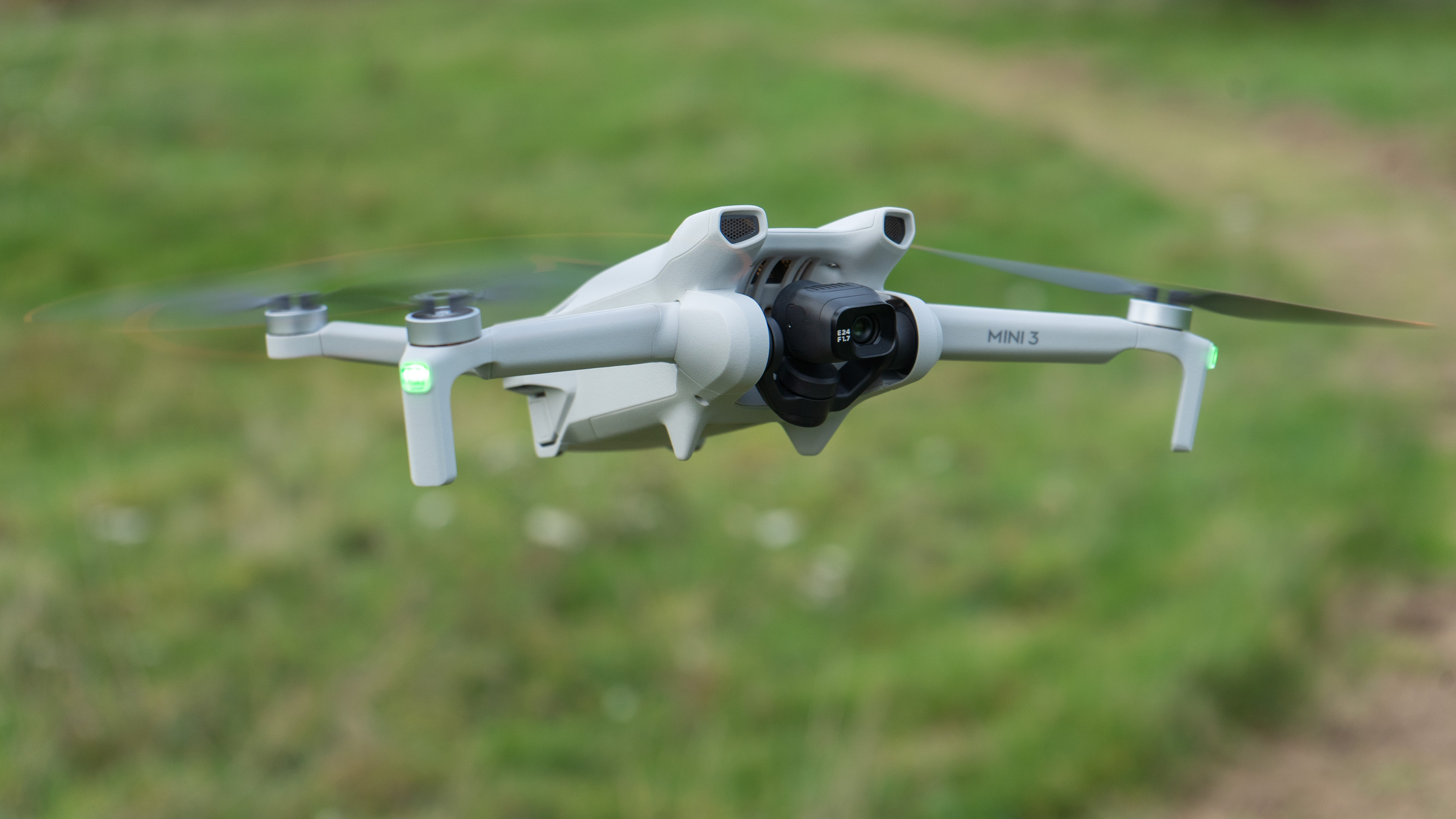New DJI firmware can tell FAA if you're flying your Mini drone over weight limit!
The DJI Mini 3 can accept optional long-life battery, at the cost of extra weight. New firmware will report that via Remote ID.

The DJI Mini 3, Mini 3 Pro and Mini 4 Pro drones are remarkable for having a take-off weight under 250g – which means that in the USA you don't need to register them. However, DJI also sell an extended battery – the "Intelligent Flight Battery Plus" – which puts the flight time up from about 30 minutes to over 45 at the cost of breaking that weight threshold.
Until recently a lot of DJI Mini 3 operators had been upgrading their batteries but, let's say, forgetting to change their settings to reflect the change in drone weight on their Remote ID.
Remote ID is a system required by the FAA for drones to share basic details about themselves via radio frequencies so that any nearby aircraft can identify the drone and take any action they need.
DJI RC-N1 firmware:
v04.16.0500
DJI RC firmware:
v01.03.1200
DJI Mini 3 firmware:
v01.00.0410
DJI Fly app:
1.12.8
The FAA sets the Remote ID standards. Remote ID is also used for enforcement agents, who can scan drones and learn their specifications remotely using the system (it is known as ADS-B, or sometimes by DJI's term AirSense).
With the older v01.00.0300 firmware in the DJI Mini 3, and the drone required the operator to use the software – DJI Fly – to tell the Remote ID system whether the heavier Intelligent Flight Battery Plus was being used and, as such, the drone weighed over 250g/8.8oz. (UK users weren't able to experience this issue as the extended battery wasn't sold in the market).
There are a lot of new 'Before You Fly' compliance tips in the latest update of DJI Fly, some of which make it easier to operate in previously controlled spaces, but this one will automatically prevent inadvertently breaking rules. The Mini 3 also got some other impressive updates (DJI firmware updates), like the option to shoot in 48 megapixels either than the 12 megapixel binned mode.
The DJI Mini 3 remains one of my choices of the best drones you can buy – probably the best drone for value – and this update does nothing to change that.
The best camera deals, reviews, product advice, and unmissable photography news, direct to your inbox!

With over 20 years of expertise as a tech journalist, Adam brings a wealth of knowledge across a vast number of product categories, including timelapse cameras, home security cameras, NVR cameras, photography books, webcams, 3D printers and 3D scanners, borescopes, radar detectors… and, above all, drones.
Adam is our resident expert on all aspects of camera drones and drone photography, from buying guides on the best choices for aerial photographers of all ability levels to the latest rules and regulations on piloting drones.
He is the author of a number of books including The Complete Guide to Drones, The Smart Smart Home Handbook, 101 Tips for DSLR Video and The Drone Pilot's Handbook.
